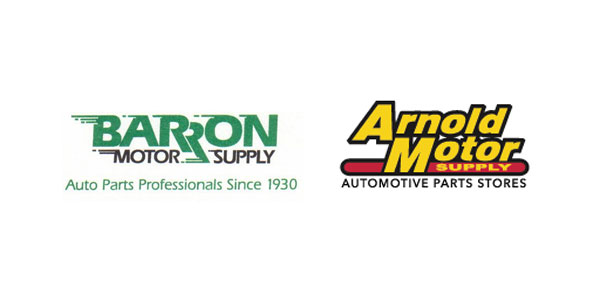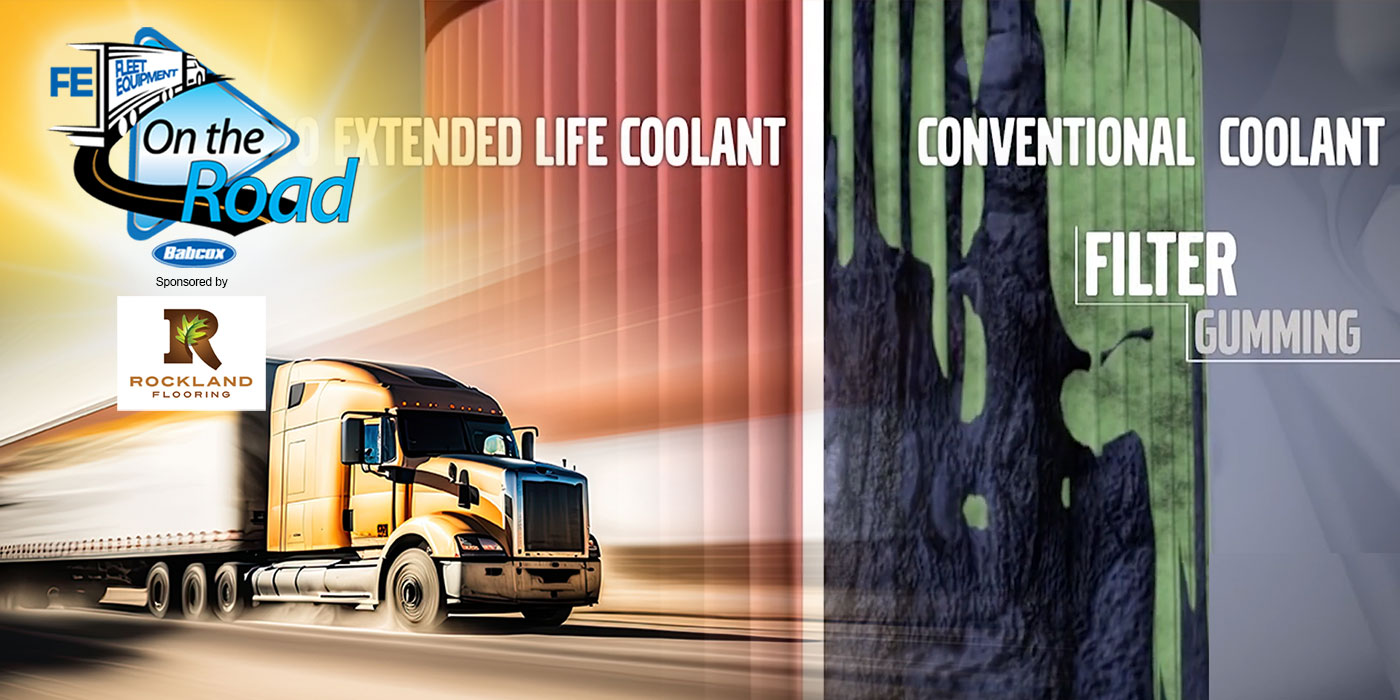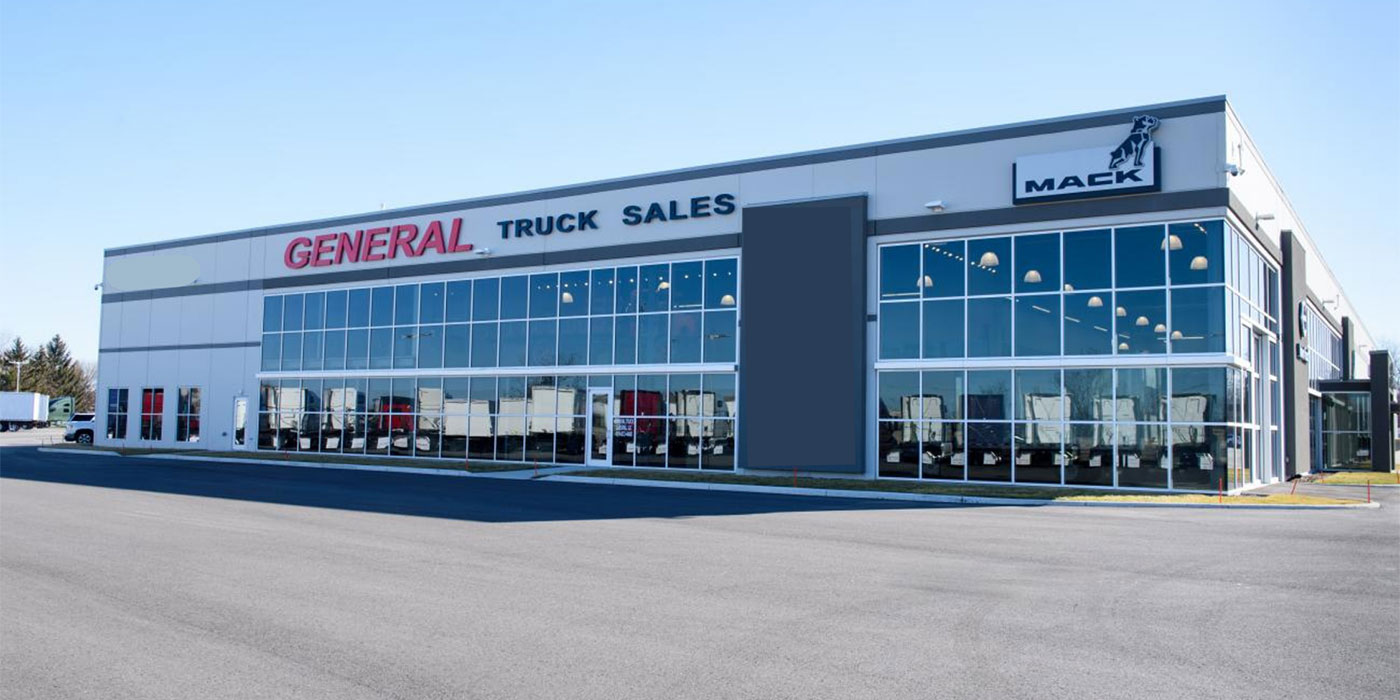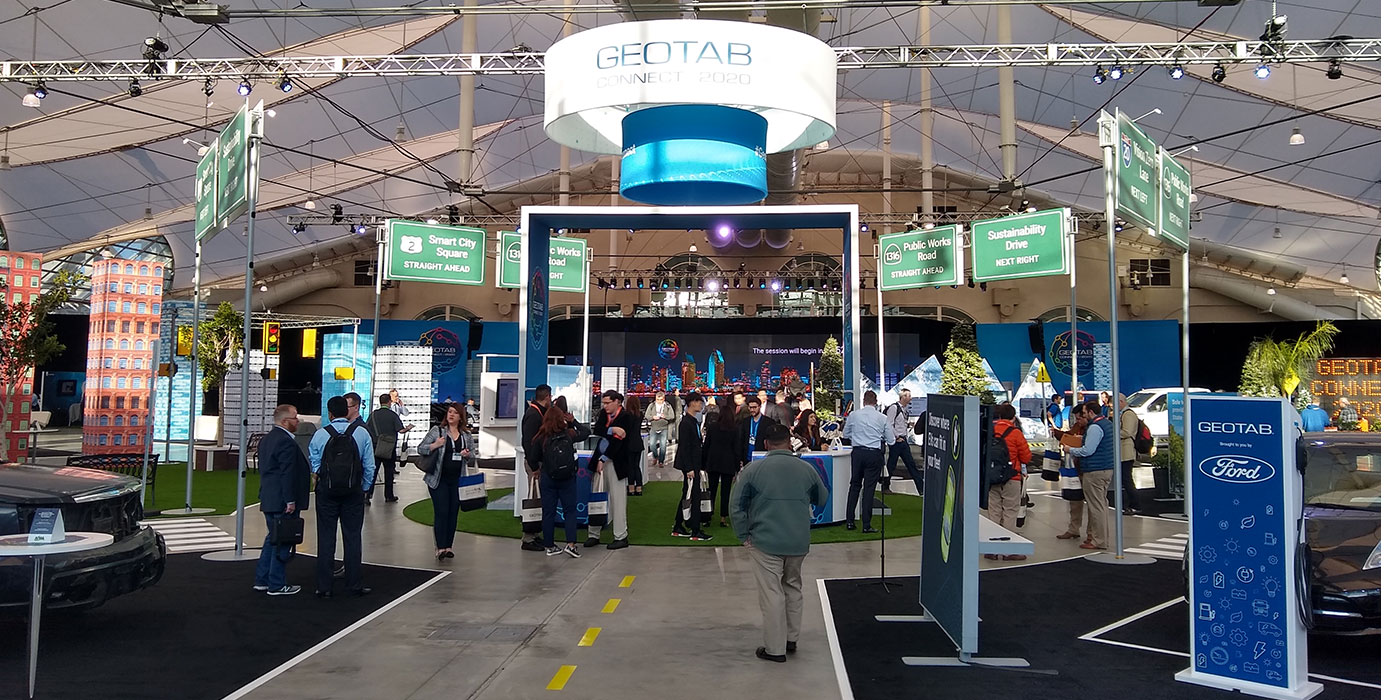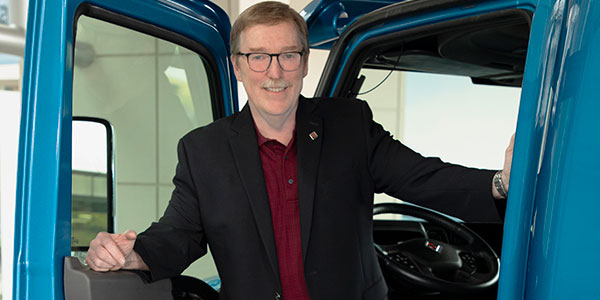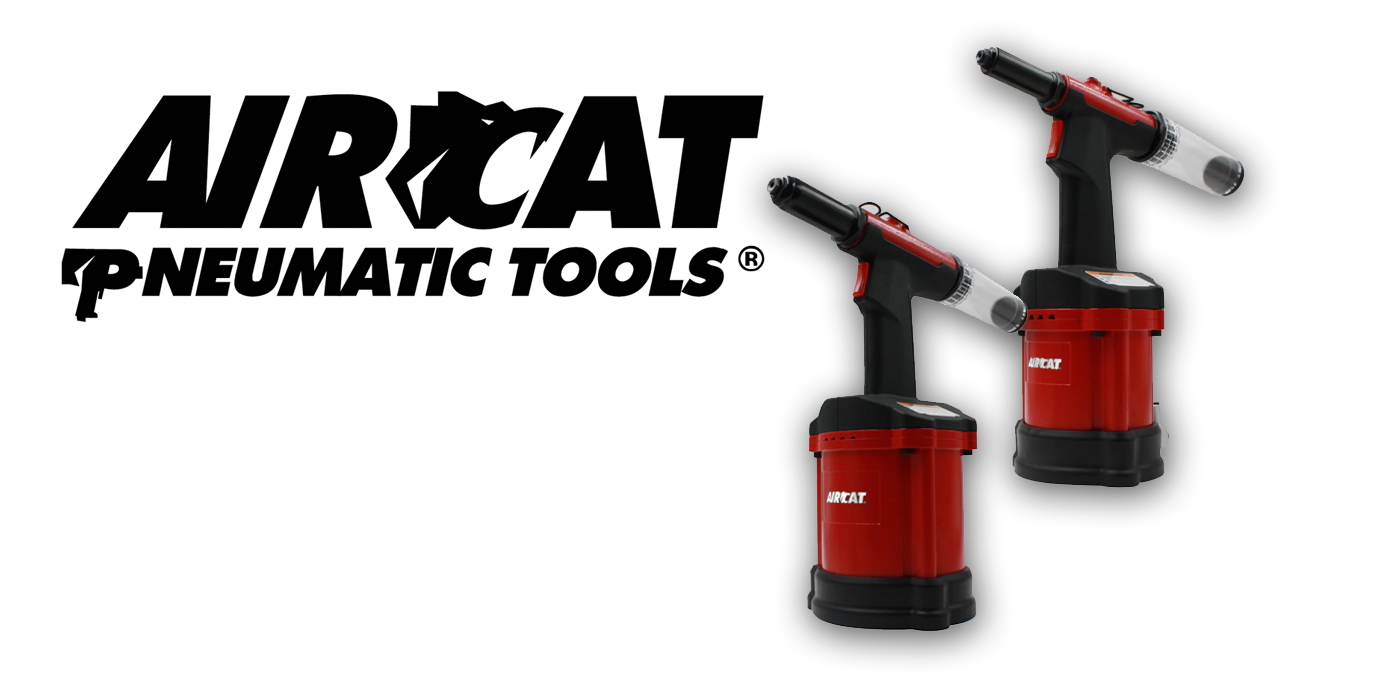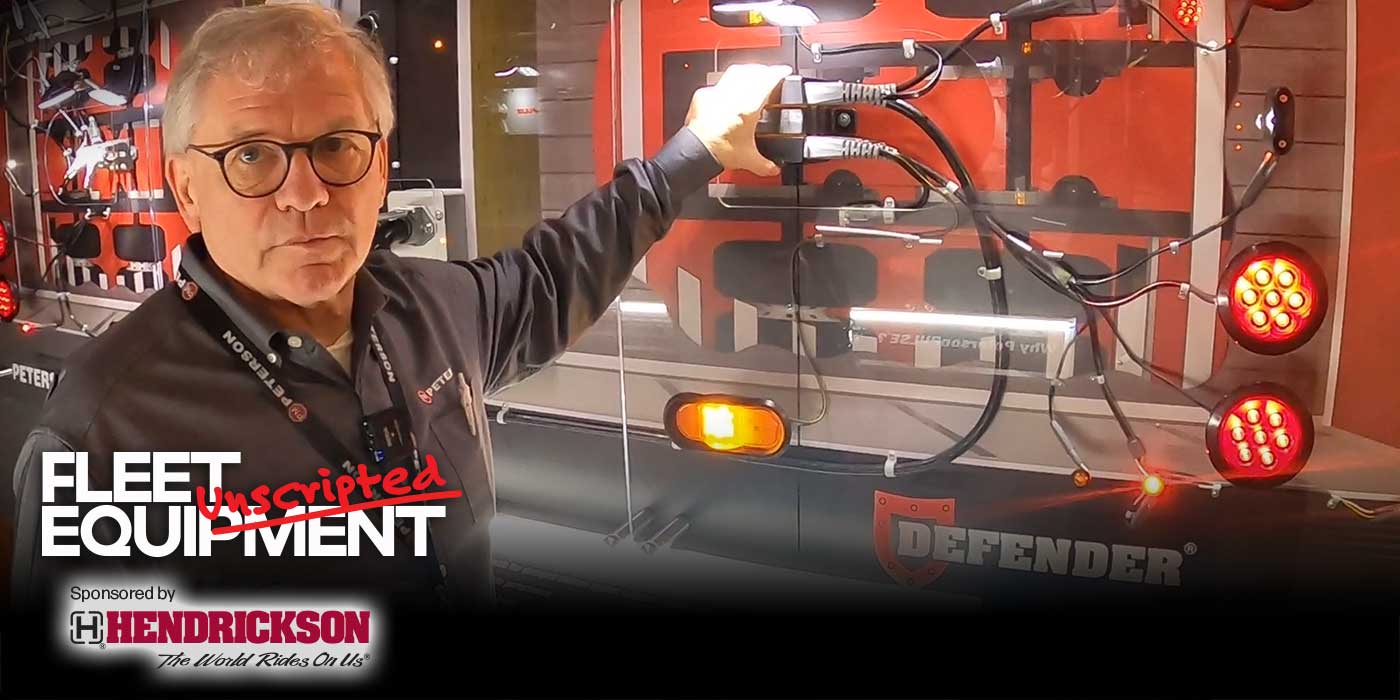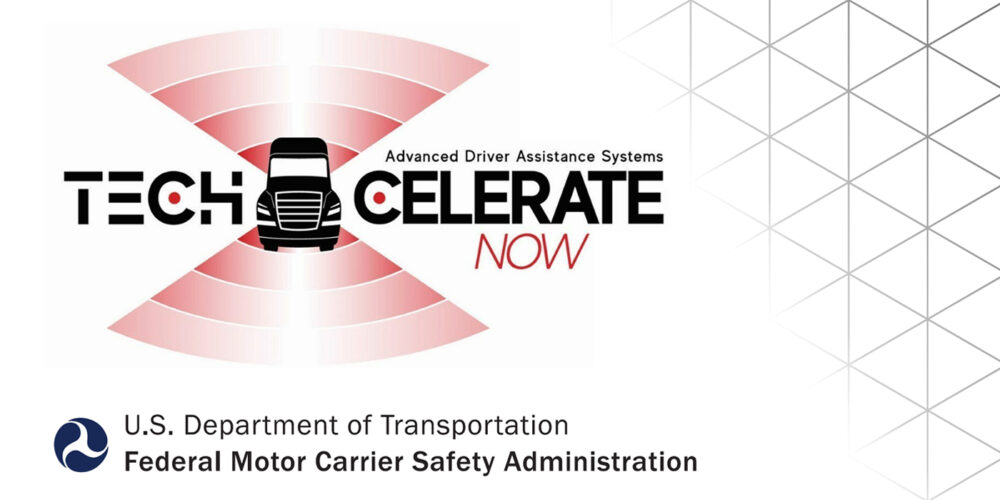Cummins Inc. has announced its technology approach for on-highway engines to meet the more stringent 2010 EPA emissions standards. The company said the technology will use an evolution of its 2007 solutions to maintain power and torque with fuel economy and maintenance intervals comparable to today’s figures. Cummins will offer a complete lineup of on-highway engines to meet the near-zero 2010 emissions standards.
According to the company, the key ingredients of its 2010 heavy-duty lineup include:
-
No NOx aftertreatment: NOx reduction will be achieved by an integrated technology solution comprised of the XPI High Pressure Common Rail (HPCR) fuel system, next-generation cooled Exhaust Gas Recirculation (EGR), advanced electronic controls, proven air handling and the Cummins Particulate Filter.
-
X platform expansion and increased displacement: Cummins will expand the Heavy-Duty X platform in North America to three displacements with the introduction of an 11.9L engine and a 16L engine to complement its flagship 15L product. The engines will share a common architecture including the XPI HPCR fuel system. The expansion will enable Cummins to meet a broader array of customer needs, and marks the first time in nearly 20 years that the company has had a common architecture across its industry-leading Heavy-Duty products.
The next-generation cooled EGR is key to reducing emissions and oxides of nitrogen (NOx). EGR technology will not add complexity to the vehicle, and power, torque, fuel economy and maintenance intervals will stay the same.
Cummins said it will continue to use its proven variable-geometry turbocharger (VG Turbo), which bolsters total engine performance from power output to response to superior engine braking, while working in tandem with the cooled-EGR subsystem.
The Cummins particulate filter, introduced in 2007, will be the only aftertreatment required for heavy-duty engines in 2010, the company said. The engine and aftertreatment work together to further reduce particulate emissions.
The company also announced that it will enhance its MidRange on-highway product performance and reliability by adding selective catalytic reduction (SCR) to its existing product to meet the near-zero 2010 emissions standards. SCR is the right technology for Cummins medium-duty truck, bus and specialty-vehicle customers who want a simple and proven solution to meet their diverse power and duty cycle needs, according to the manufacturer.
SCR technology uses a chemical called urea and a catalytic converter to significantly reduce oxides of nitrogen (NOx) emissions.
SCR technology is not new to Cummins. In 2006, Cummins launched its MidRange engines certified to the Euro 4 standard using SCR for commercial vehicle applications in Europe.
Cummins said all of its on-highway engines will be fully certified and compliant to the near-zero EPA 2010 emissions standards.
For more information, visit http://www.cummins.com.

